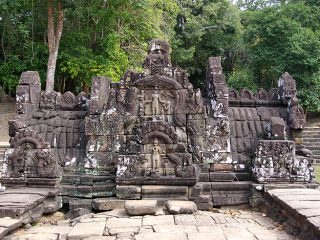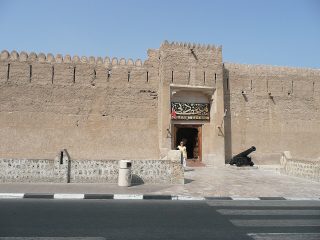The largest natural island in all of UAE, Sir Bani Yas is a protected reserve, dominated by the Arabian Wildlife Park, historical and archaeological sites and salt dome hills. As a result of archaeological excavations, the Sir Bani Yas Church and Monastery were discovered, hidden beneath the surface of the island.

Background
A short four-minute ride from Anantara Sir Bani Yas Island Al Yamm Villa Resort, and most of the other luxury Abu Dhabi beach resorts, wandering tourists will be able to reach the famed Sir Bani Yas Church and Monastery. Known to be the earliest known evidence of Christianity’s existence in the UAE, the discovery of the church and monastery, along with a series of courtyard houses in the early 1990s can be dated back to the olden days of the 7th-8th centuries CE.
History
The discovery of the church and monastery act as physical evidence to written sources that mention the attestation of Christianity back in the day in the Arabian Gulf. In fact, the church and monastery have been well in operation, following the faith of Islam becoming dominant in the region during the time of the 7th century CE.
Archaeological Significance
This archaeological site is not limited to the discovery of the church and monastery. Numerous artefacts reveal the livelihoods of the people that once occupied these grounds. Some of these items include glass and ceramic objects which had travelled far and wide from the Indian Ocean to the Arabian Gulf. Further, the church was believed to have been adorned in finer plaster stucco panels as elements of design.
What the Future Holds
Offering the historical significance that the site deserves, Sir Bani Yas Church and Monastery were added to a conservation management plan in the year 2015-16. The step was taken as part of a larger site management plan for the island by the Department of Culture and Tourism of Abu Dhabi.











